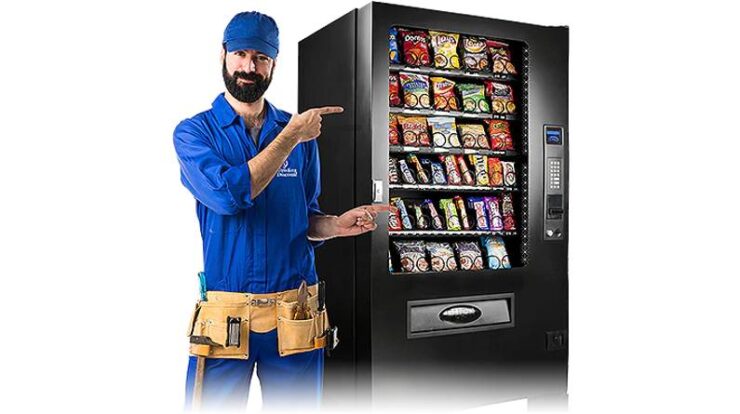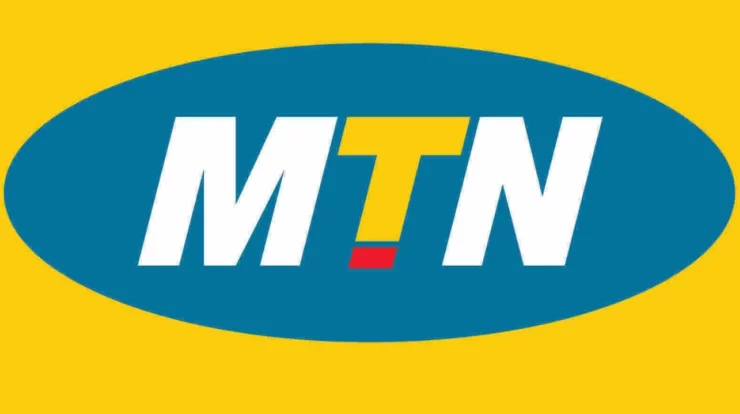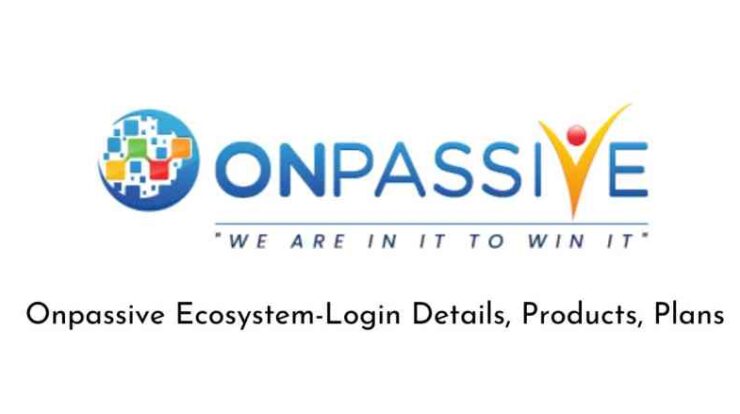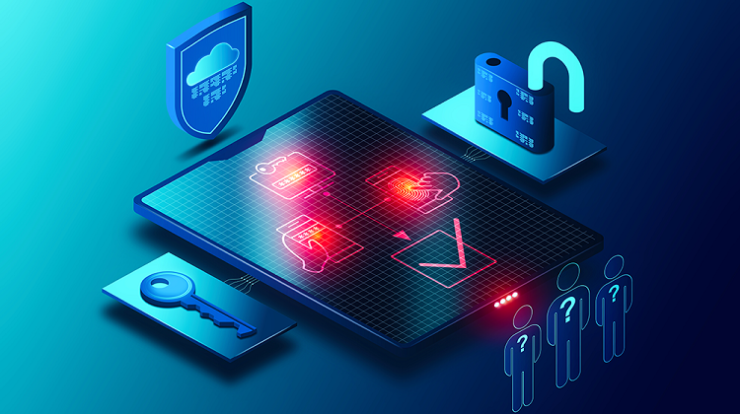
The digital world is increasingly moving towards real-time 3D visualization. This shift is being driven by the need for more immersive, realistic, and interactive user experiences. In this blog post, we will explore the reasons why 3D visualizations are becoming more prevalent and discuss some of the key use cases that are benefiting from this technology.
What is making 3D visualizations more prevalent?
There are several reasons why real-time 3D visualization is gaining popularity in the digital world. One key factor driving this trend is the advancements in computer graphics hardware, which has made real-time rendering and interactive experiences possible on a wide range of devices. Here are reasons why real-time 3D visualization is gaining momentum:
1. Immersive experiences
The real-time nature of 3D visualizations enables users to immerse themselves in rich, interactive environments that offer a more natural and authentic experience. This can be particularly useful for applications such as gaming, education, healthcare, and product design, where it is important to create a sense of immersion and presence in order to engage and inform the user.
2. Greater realism
Another key benefit of real-time 3D visualizations is their ability to render more realistic and lifelike visuals, which can be particularly useful for applications such as virtual reality, augmented reality, digital marketing, and product visualization. For example, real-time 3D visualizations can be used to create more realistic and lifelike digital characters that are able to interact with users in real-time.
3. Improved collaboration
Another advantage of real-time 3D visualization is the ability to enable more effective and efficient collaboration among different stakeholders. This can be particularly useful for applications such as product design, where real-time 3D visualizations allow different teams to iterate and make changes together in real time.
4. Increased flexibility
In addition to real-time rendering and interactivity, real-time 3D visualizations also offer increased flexibility by allowing users to easily customize their viewport, change lighting and shading, and adjust a variety of other parameters. This can be particularly useful in situations where real-time feedback is required or when it is important to have the ability to quickly iterate on designs without waiting for render times.
5. Better performance
In addition to real-time rendering and interactivity, real-time 3D visualizations offer a number of other performance benefits, such as reduced file sizes and faster load times. This is especially important when dealing with large datasets or real-time applications that require low latency and high frame rates.
6. Greater accessibility
Finally, real-time 3D visualizations are also becoming more accessible due to the growing availability of tools and technologies for real-time renderings, such as game engines and real-time graphics frameworks. These tools make it easier for developers to create real-time 3D experiences without having to worry about the complexities of traditional computer graphics programming.
Overall, the rise in real-time 3D visualization is being driven by increasing demand for more immersive, realistic, and interactive user experiences. Whether you are a designer, developer, or end-user, real-time 3D visualizations are becoming an essential part of our digital world and will continue to play an important role in shaping the future of digital experiences.
Digital applications of real-time 3D visualization
Application of real-time 3D visualization is being applied in many industries and among them include:
1. Gaming
One of the most obvious applications of real-time 3D visualization is in video games, where real-time rendering and interactivity are crucial for engaging players and immersing them in rich, interactive environments.
2. Marketing
In marketing and advertising – Real-time 3D visualization is also being used in digital marketing and advertising, where it can be used to create more immersive and engaging experiences for users. For example, real-time visualizations can be used to create interactive product visualizations or immersive virtual reality experiences that are designed to drive brand awareness and increase sales.
3. Product design
Another area where real-time 3D visualizations are being used is in product design, where real-time feedback and collaboration can be critical for iterating on designs and optimizing products. For example, real-time visualization tools can be used to simulate how different materials or lighting conditions will affect a product’s appearance, or they can be used to allow different teams or designers to collaborate on a single design in real-time.
4. Architecture and construction
Real-time 3D visualization is also being widely adopted by architects, designers, and builders for tasks such as planning, building information modeling (BIM), and project management. By streamlining the design process and allowing real-time collaboration and feedback, real-time visualization tools help to improve efficiency and reduce costs in these industries.
5. Virtual reality
Real-time 3D visualizations are also becoming increasingly common in the realm of VR and AR applications, where they can be used to create more realistic, immersive experiences that engage users and blur the lines between real and virtual environments.
6. Simulations and training
In addition to VR and AR, real-time 3D visualization is also being used for simulation and training in a wide range of industries, from medical applications to military training simulations. In these cases, real-time rendering provides a more realistic way to simulate real-world scenarios and train users on complex tasks.
7. Data visualization
Real-time 3D visualization is also being applied to more traditional data visualizations, where real-time rendering can help to improve the interactivity and usability of these visualizations by making it easier for users to explore and analyze large datasets. Whether used for predictive analytics or real-time monitoring, real-time 3D visualizations are helping to streamline data analysis and boost efficiency in many industries.
8. Human-computer interaction (HCI)
Beyond traditional data visualizations, real-time 3D is also being used for a range of human-computer interaction tasks, from real-time video processing to immersive digital experiences. By improving the way we interact with computers and devices, real-time 3D visualization is helping to shape the future of technology.
9. Scientific applications
From real-time weather forecasting to real-time data analysis, real-time 3D visualization is playing an important role in a wide range of scientific applications. Whether used for real-time monitoring or real-time modeling, these tools are helping scientists, researchers, and engineers make faster and more informed decisions based on real-time data and real-time simulations.
How to choose a 3D visualization company
Choosing a real-time 3D visualization company is not always easy, as there are many factors to consider when evaluating different vendors and platforms. Some of the key things to look for include the quality of their real-time rendering engine, the scalability and performance of their platform, the range of software development kits (SDKs) that they offer, and their level of support for real-time collaboration and real-time data streaming.
Other important considerations may include the cost of their services, their experience working with different industries or applications, and their level of expertise in real-time 3D visualization. Ultimately, the best real-time 3D visualization company will be one that offers a robust platform and flexible tools to help you create high-quality real-time visualizations that meet your specific needs and goals.
Animech is a top real-time 3D visualization company, offering a powerful real-time rendering engine and real-time collaboration tools that can be used for a wide range of tasks and applications. Whether you are working on architecture and design projects, training simulations, or scientific research, Animech can help you create more realistic real-time visualizations to engage your audience and achieve your desired outcomes.
With a team of experts that understands the real-time 3D visualization landscape, you can be confident in their ability to help you achieve your goals and make the most of real-time rendering technology. So if you are looking for a real-time 3D visualization company that can deliver high-quality results, look no further than Animech.
Conclusion
Whether you are looking to improve real-time monitoring, real-time collaboration, or real-time modeling, real-time 3D visualization is an essential tool for today’s businesses and industries. At Animech, we offer a powerful real-time rendering engine and flexible SDKs that can be used to create high-quality real-time visualizations for a wide range of applications and use cases. With our experience and expertise in real-time 3D visualization, you can trust us to help you achieve your goals and maximize the potential of real-time rendering technology. So if you are looking for a real-time 3D visualization company that can deliver results, look no further than Animech.






